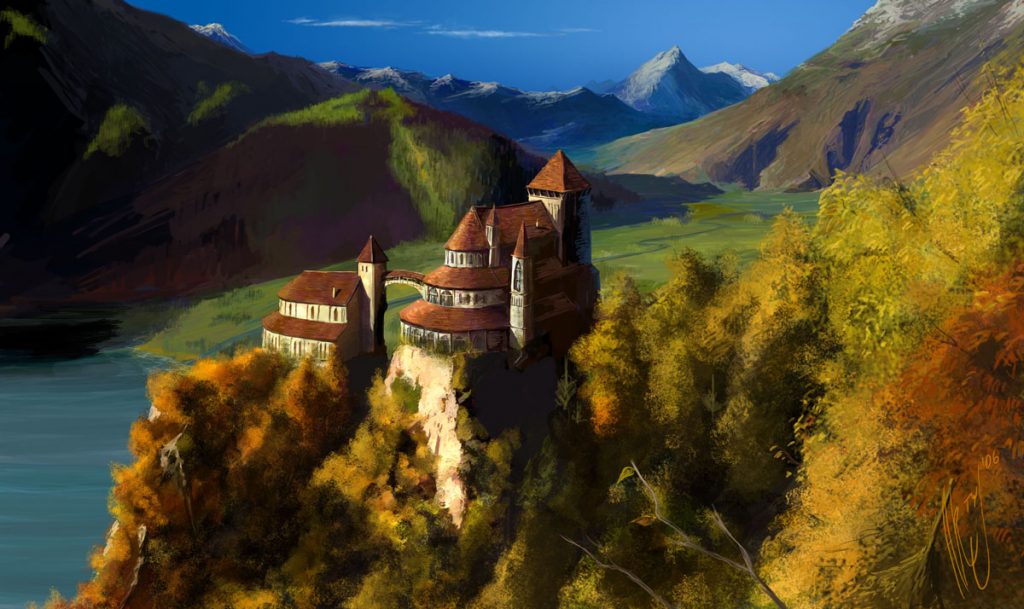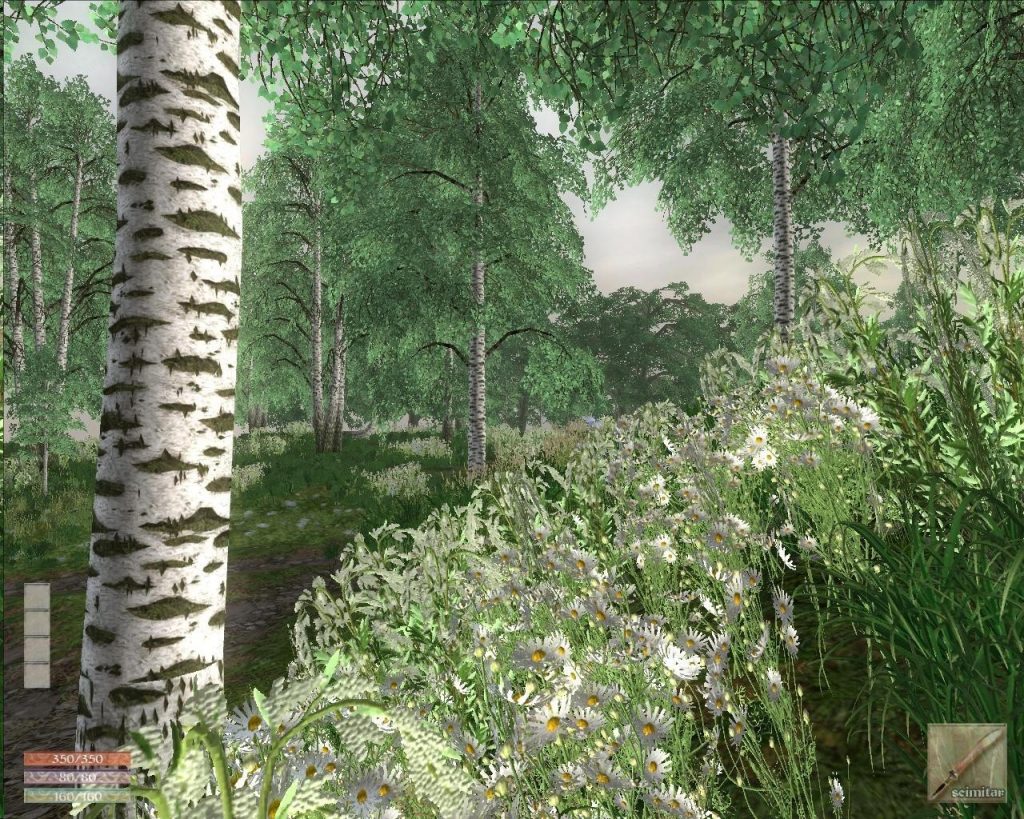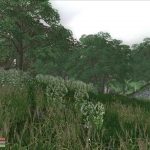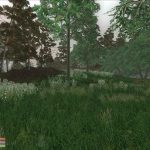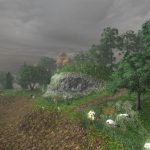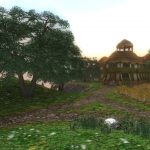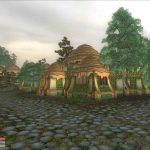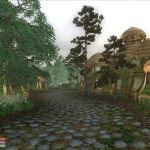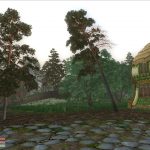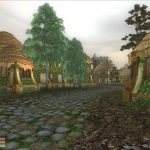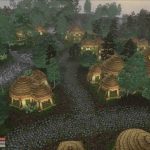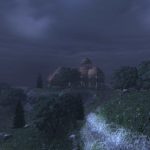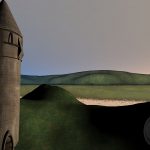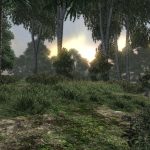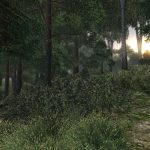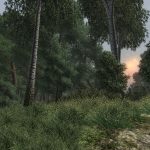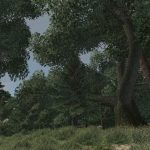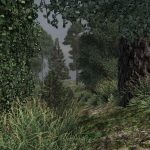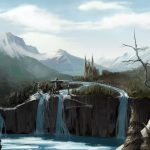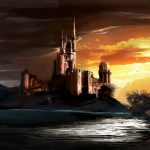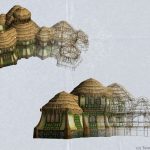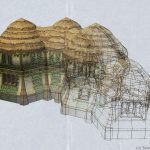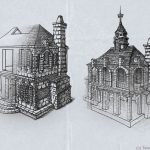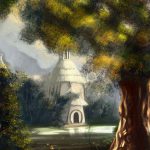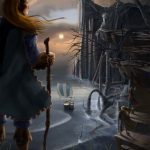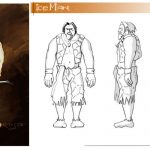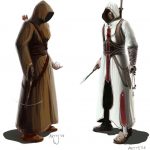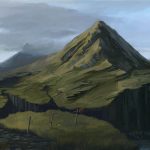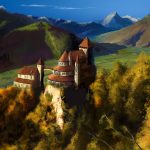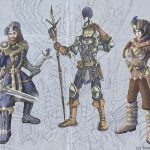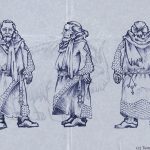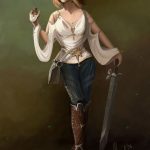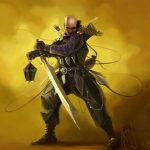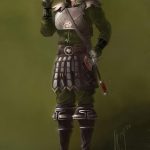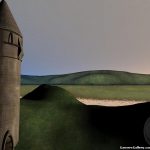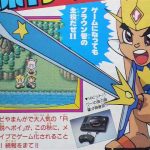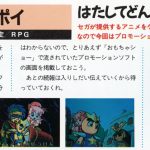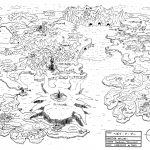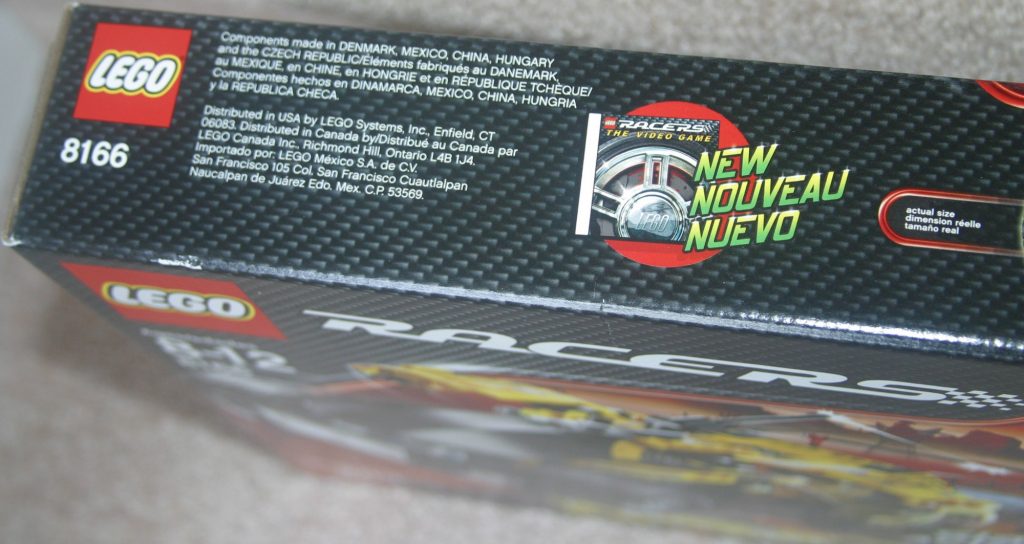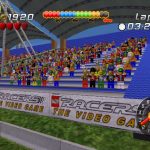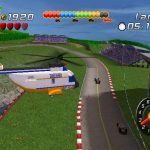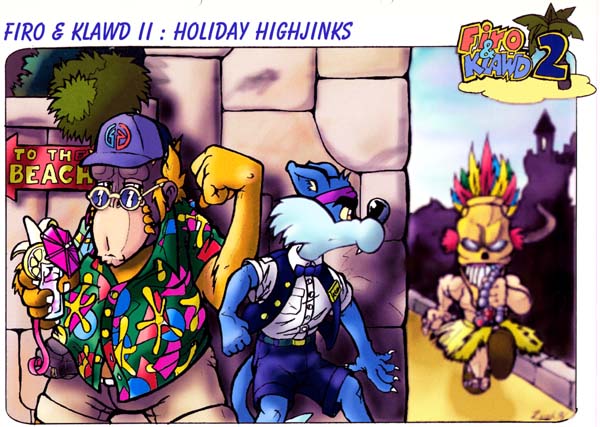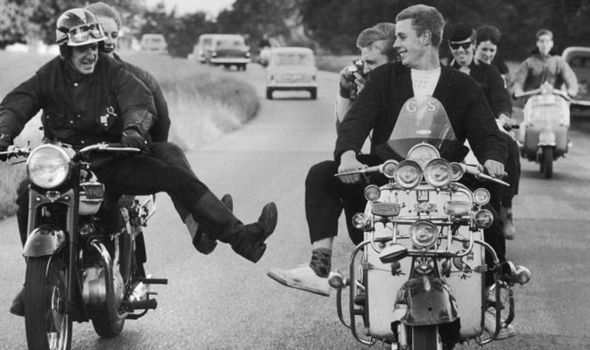The Tales of Walenir is cancelled first person action RPG (ala Elder Scrolls) that was in development by Temporal Games (Moscow, Russia) between 2006 and 2009. The game was quite ambitious for such a small and inexperienced team and after some years of development it quietly vanished without any explanation. Here we can read the original press-release with a few more details:
The Tales of Walenir is the fantasy-style first-person 3D action/RPG. The game takes place in the original universe Al’Venion, on the northern island Walenir.
Walenir is full of myths and legends. The hero will unravel the mysteries of the past, travel through the world inhabited with unique, playable races, and choose one of the many plot variations in order to achieve one of the numerous endings. The main priorities for this project are: the dynamic playing process with the freedom of movement, compact highly detailed world, interesting plot, and high quality performance.
That doesn’t mean, however, that the gaming experience will be strictly connected to the plot; a player will face a never-ending freedom of choices.
The game is being developed on our own cutting-edge graphic engine, which has been dubbed the “Temper Engine”. It gives us an opportunity to make a great number of beautiful visual effects while retaining a high performance.
According to ancient legends, the Gods came to Al’Venion from the north, from the island of Walenir – the origin of magic and nature forces. However, long standing dissensions within the pantheon caused the damage of the main relic, and slowly gods lost their ability to embody. And so, the interference of gods in the life of the continent’s residents became less frequent, which eventually led to the end of worldly appearances and miracles. Epochs after epochs, numerous wars and victories – the residents of the continent soon forgot the ancient gods altogether. Instead, they found replacements – Idols and Heroes of the past.
And so, the ancient gods were forced to return to their home – the island of Walenir. According to the legends, the last temple of the Six Gods is located there. Walenir is the last refuge for those who still remember the greatness of Sigelwar and the anger of Sevol, the deception of Walla and cheerfulness of Rivael, cruelty of Telias and tranquility of Ardar. The residents of the four states of Walenir are the last chance for the ancient pantheon to once again retain its former greatness and power.
- Detailed in-game world “lives,” changing as the player progresses through the game”
- Several races with their own original architectural styles, gear, equipment, and mentality
- 3 different classes of characters
- Non-linear gameplay
- Intricate network of secret locations & quests not connected with the main storyline
- Original role-playing system based on constant interaction with the in-game gods
- Freedom of actions, movement, and exploration
After the cancellation of their first game project, Temporal Games don’t seem to have released any other game on PC or console. Today there’s another gaming collective with the same name, but we are not sure if it’s the same team which was working on The Tales of Walenir.
Thanks to Mihapsx for the contribution!
Images:

